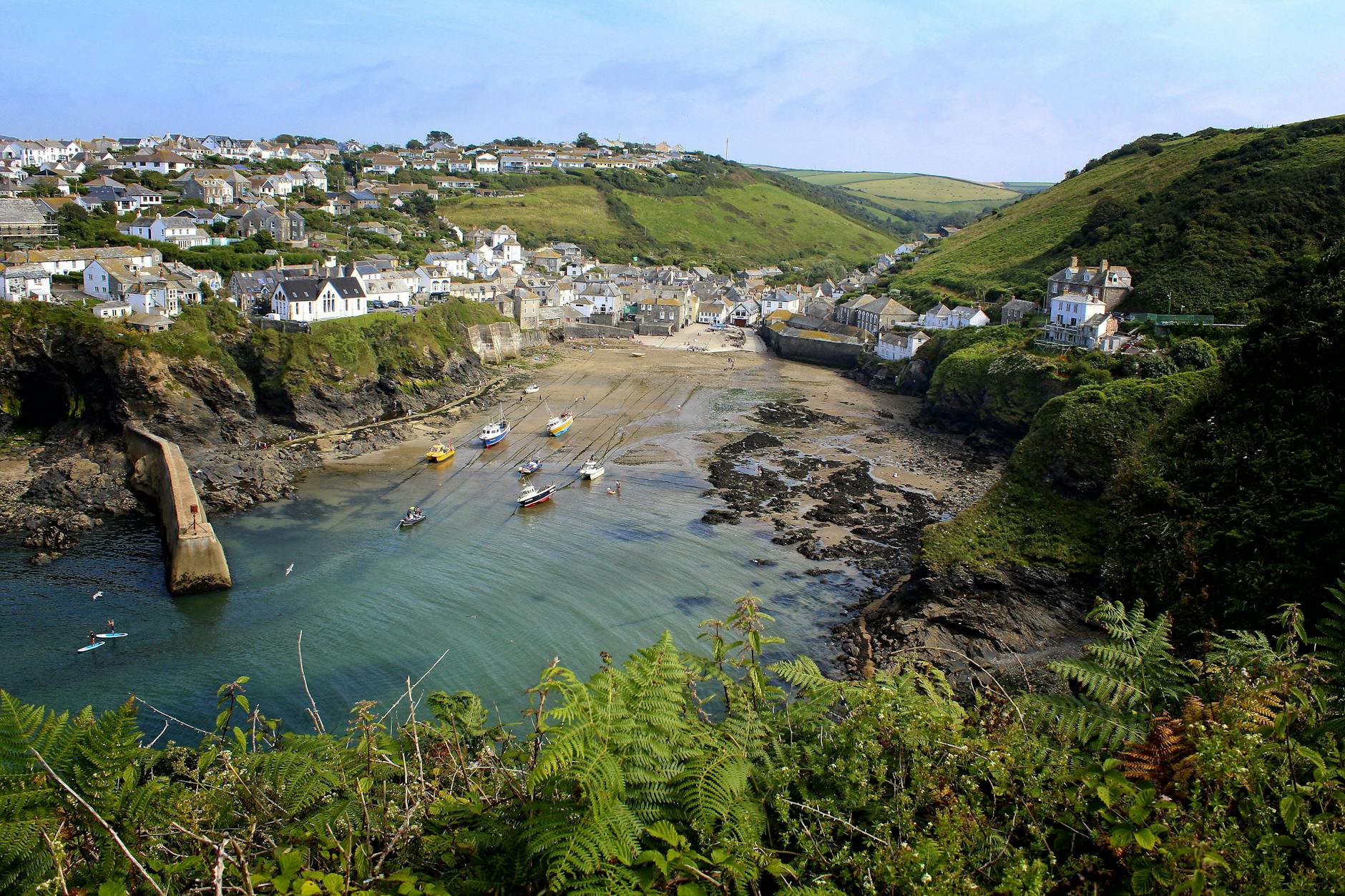G7 Summit: why does the British Southwest is so important for the digital sector?
The G7 Summit is currently taking place in the seaside resort of Carvis Bay, Cornwall, UK. The choice of this region was undoubtedly made to showcase its rugged rocky coastline and the bucolic charm it inspires. But it is simplistic to reduce the peninsula to this caricature. The British South West has recently made green tech its watchword, despite being one of the least densely populated areas in England.
Here’s how the region has converted to this innovative sector.

The leaders of the G7 countries in Cornwall, 11th of June 2021
Source: G7 UK 2021 Flickr Channel
Cornwall, a rural and innovative region
Only 600,000 inhabitants, large towns of around 20,000 inhabitants, and 56% of the population living outside the cities. On paper, Cornwall could be seen as a very rural region, far from the hustle and bustle of London. Yet this is where the mistake is made. Cornwall is home to many innovative tech organisations, again in a variety of forms. The pandemic has further demonstrated that the digital sector is pivotal to the whole region. For example, just over 4,000 online shops opened across the South West during the crisis. This is necessary in a region that relies heavily on tourism, but not only. Fishing and farming are also two important sectors of the whole local economy. “Agriculture has been innovating for centuries and we are seeing this now with the emergence of agritech. Investment and innovation must accelerate if we are to truly prosper economically,” says Paul Coles, local director of British Telecom.
Superfast Cornwall, a project to improve everyday rural life
Like other European countries, the UK has a digital rollout plan. £75 million has been invested in rural areas alone, of which most of Cornwall is part. This ambitious action by the UK government has also been to bridge a digital divide, with 17% of rural areas not having access to broadband in 2017. Worse still, in 2011, a study showed that 20% of adults living in the region had never used the internet.
Faced with this situation, the Superfast Cornwall project was launched the same year. Funded by the ERDF, British Telecom and the Cornish local authorities, this project aims to break the image of digital notspot that was given to the peninsula.
To carry out the project, the iCornwall platform was created. This was a group of representatives from local organisations, diverse but with a common goal: to help as many people as possible through digital tools. Nevertheless, the project’s proponents have understood that providing the area with a decent digital infrastructure is central. But this is far from enough, especially given the sociological make-up of Cornwall, where not everyone has had the opportunity to use digital tools in their lives. “The problem is that technology is moving so fast that people are being left behind,” says Sandra Coak, a community centre worker in Pendeen, a coastal village near the town of Penzance. That’s why digital courses have been provided free of charge to people in the local communities. Over a period of several weeks, these courses were held in many towns and villages in the region, mainly for the elderly.

St. Agnes Heritage Coast, in Cornwall
Source: Pexels (image free of rights)

The digital hub of Pendeen, a remote village close to Penzance
Source: Superfast Cornwall
This type of digital inclusion also goes beyond simply training the public and installing effective infrastructures. Municipal services, from the town hall to the library, have been transformed into digital meeting places. Residents can go there to access a computer, for example to do administrative procedures, or to use it for recreational purposes. Improved access to the internet in the region has also led to other innovations, particularly in the area of health.
The University of Plymouth, located in a large Cornish city of the same name, is very involved in these cross-cutting issues. Studies have been carried out to see the effects of digital medicine, particularly for treating psychological disorders. For example, e-health has tried to treat people suffering from dementia using robotics or the remote presence of people qualified in these pathologies.
Between successes and limitations, digital infrastructures at the service of the local economy
The health crisis has also prompted the region to review its model, or rather, to highlight its successes. “If we really want to rebuild the economy in a way that has the least impact on our environment, we need to go through the technology sector,” says Paula Byers, the founder of Digital Northern Devon. She believes that the digital infrastructure that has been greatly improved – or simply built – has made up for the difference in economic development that existed with other parts of Britain. Companies have been able to set up in the area, such as Jurassic Fibre, which would not have been able to set up without the infrastructure projects of the last ten years. The latter aims to provide “world class broadband for 300,000 premises” of organisations in the South West.
Localisation of Cornwall in the South West of England
Source: Wikipedia (image free of rights)
Nevertheless, the choice to develop fibre first in one region rather than another can have perverse effects. “Just as the rollout of railways in the 19th century defined the winners and losers for the next hundred years, the rollout of fibre to the premises networks will do the same in the 21st century. Our intention is that the South West will be one of the winners. So says Michael Maltby, CEO of Jurassic Fibre. Let’s hope that fibre doesn’t put territories in competition with each other and leave some behind. But there is no doubt that recent European projects have added value to Cornwall. One of the reasons for the slight increase in the region’s population, says Maltby, is that its digital infrastructure has definitely improved. As well as the picture postcard image that Cornwall offers, it is also becoming a favourite with the populations of the surrounding major cities, starting with Bristol, the nearest major city before London.

A view of Port Isaac, UK, a small village north of Newquay.
Source: Pexels (free of use)
The UK has chosen to move towards a vision of digital as a basic need. But access to the Internet is only one side of the coin, and the other side must ensure that these tools are understood. The demographic composition and geographical distribution of Cornwall’s population has forced the region to turn to digital technology to overcome challenges. Between the digital divide and the remoteness of many from major cities – and therefore from decent access to the internet, the peninsula has quickly become a model for the rest of the UK, but remains “largely neglected” within the European Union.
Sources:
– European Network for Rural Development, Cornwall-UK, Steps towards a digital rural region, 2019
– Olivier Vergnault, Hannah Finch, “Why the South West’s tech sector has been a saviour of the Covid-19 crisis”, Business Live, 2020
